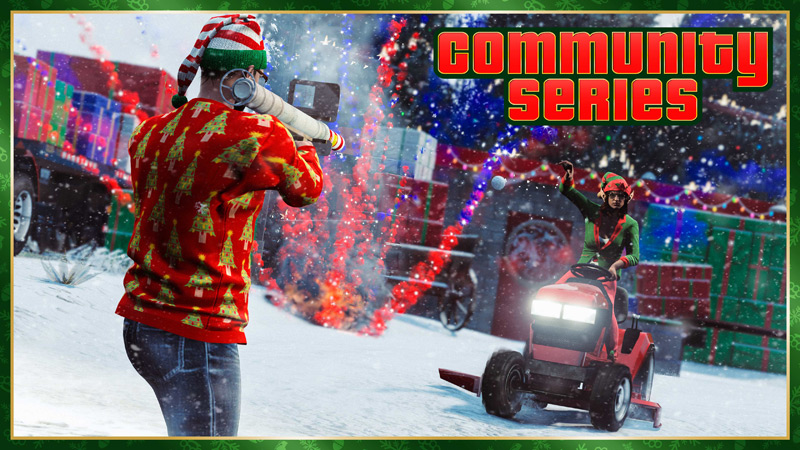
The release of the Whispers of the Old Gods expansion in late May/early April will see 134 new cards added to the Hearthstone card pool, while at the same time previous expansions will rotate out of the new “Standard” format (but remain playable in “Wild”). Format rotation is one answer to the thorny problem Blizzard has when it comes to adding new players to its super successful digital CCG. If new cards keep getting printed ad infinitum, the game could become too daunting. But there’s another problem that’s arguably even trickier to resolve: some people just don’t like creating decks.
mike donais

Senior designer, Team 5.
In a bid to make the process more friendly, Blizzard introduced Deck Recipes as part of its latest patch. These are pre-built templates for each class designed to give new and old players an easy way into deck building. Each of the classes gets three recipes—a Classic one made from cards in the Basic and Classic sets, and two themed recipes that are more advanced. If you’re missing any of the recommended cards, the game will suggest replacements of (theoretically) equivalent value.
I asked Mike Donais, senior game designer on Hearthstone at Blizzard, why the recipes weren’t built around common archetypes like “aggro” and “midrange”. He told me that reason was to show off the identity of each class. “We want, in the future, Druids to be more about beasts and that to be part of their class identity, so we made that one of the decks,” he said. “And we wanted to show off Murloc Shaman, because that’s one of their class themes. And this way we have an opportunity to teach people more about what makes this class different from other classes.”
Donais also said the team wants people to experiment more with different classes and discover how much variety there is in the game. A person who’s barely touched the Warrior class, for example, might be more interested in checking it out if they already have a viable pre-built deck ready to go. But how good are the new Deck Recipes in Hearthstone’s current meta? I took to the ladder to find out.
We want, in the future, Druids to be more about beasts and that to be part of their class identity. — Mike Donais

First, I tried the Shaman’s “Murlocs Unleashed” recipe, an aggressive deck that spams low-cost fishy minions and burn spells to kill the opponent. I was only missing one card from the recipe, a Murloc Warleader. I replaced it with one of Blizzard’s suggestions, a Mind Control Tech, and hopped into a Constructed match. It didn’t go well.
The first game ended in humiliating defeat against a Warrior deck, setting the tone for a three-game losing streak that had me reaching for the Quit button and a bottle of aspirin. To add insult to injury, one loss was against my own people, in the form of the Murloc Paladin deck (aka “Murlocadin”), which does a giant finishing burst thanks to the Anyfin Can Happen card. But the game didn’t even last that long for my opponent to need combo shenanigans. After ten matches my win-rate was 40 percent.
Next, I switched to the Hunter “Thrill of the Hunt” recipe, another aggressive deck loosely modeled on the Face Hunter approach, so called because it involves almost entirely hitting the other person in… well, you get the picture. After ten matches I was 5-5, beating one Malygos Rogue and losing to another, then losing against a Handlock and an interesting mill Rogue deck.
Not bad, but realizing that aggro probably just isn’t my thing, I switched to a slower control-style deck, Druid’s “Ferocious Beasts.” This recipe takes advantage of Beast tribal synergies and the Druid’s ability to gain extra mana crystals through “ramp” cards like Wild Growth and Innervate. I had the most success here, going 6-4. Ironically, most of my losses were to aggressive Hunter and Shaman decks.

By the time my 30-game experiment ended, I hadn’t made much progress on the ladder because I was unable to put together enough back-to-back wins to earn the streak bonus, and that’s likely on purpose. The deck recipes are not supposed to be very competitive, according to Donais. Instead, they’re aimed at players who need a little help with creativity.
What we’re finding is some of the players didn’t have good decks to start with. — Mike Donais
“What we’re finding is some of the players didn’t have good decks to start with,” he said. “So, they were just, you know, putting together cards, and maybe they didn’t have anything that costed less than 4 [mana] in their decks. So when they get one of these decks, suddenly they’re winning more than 50 percent, because it’s a significant jump up for them.”
“People who have a very competitive nature and are really into Hearthstone play a lot,” he said. “They already have resources to get really good decks and they tune them to suit their own needs. So, we feel like that’s already covered.”
That’s not to say that the deck recipes can’t do well in competitive play with a good enough pilot, particularly once the Standard format launches. Only cards released in the current calendar year and previous calendar year, along with the Basic and Classic cards, are allowed in Standard play. All of the current deck recipes are legal in that format already, and Donais said the team is going to continue to make sure they’re legal.
“We want to make it so that when a new player does first start spending his dust to fill up a recipe, he’s not working for something that he’ll be surprised [to learn isn’t legal]. So, we decided to make them all Standard,” he said. Donais added that Blizzard plans to replace one recipe for each class in the next expansion. Goodbye Beast Druid, hello C’thun Druid?
 PC Gamer Pro is dedicated to esports and competitive gaming. Check back every day for exciting, fun and informative articles about League of Legends, Dota 2, Hearthstone, CS:GO and more. GL HF!
PC Gamer Pro is dedicated to esports and competitive gaming. Check back every day for exciting, fun and informative articles about League of Legends, Dota 2, Hearthstone, CS:GO and more. GL HF!


